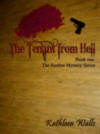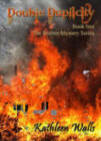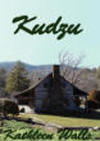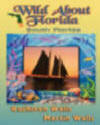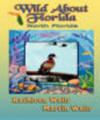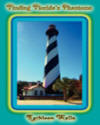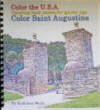Transformative Travel in Tulsa, Oklahoma
Story by Renée S. Gordon

Archaeological evidence exists attesting to the fact that
Native Americans inhabited the Oklahoma region as early as 500
AD. The state’s documented history begins with the Spanish
explorations of Francisco Vasquez de Coronado in 1541, followed
in 1682 by Robert de la Salle who claimed the land for France.
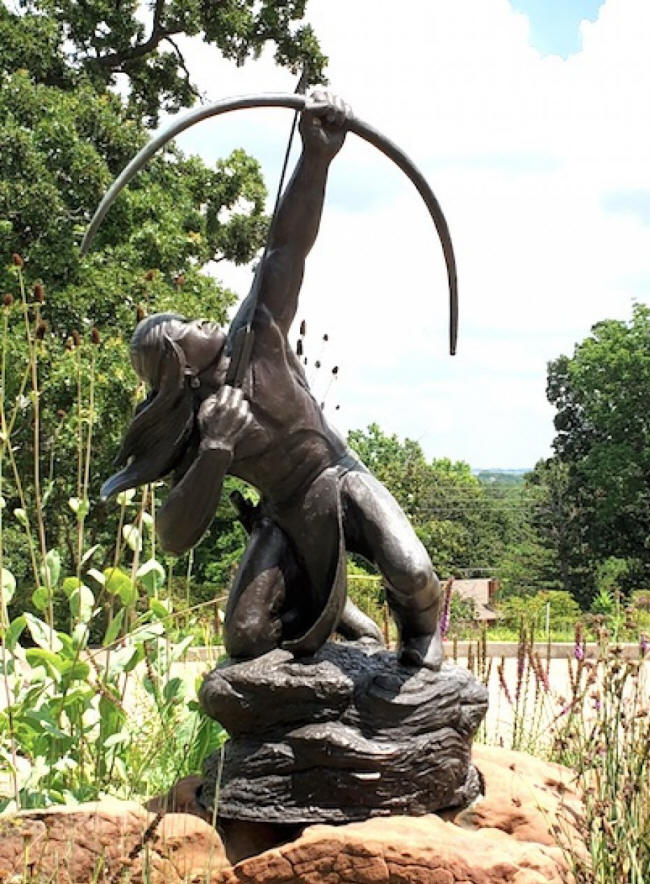
In 1803 Oklahoma was sold to the US in the Louisiana Purchase
and became part of the Arkansas Territory in 1819. On November
16, 1907 Oklahoma achieved statehood. The state’s story is a
microcosm of several pivotal aspects of untold American history
and proof that the truth is timeless.

Andrew Jackson signed the Indian Removal Act in 1830 and from
1830-42 125,000 people, from five tribes, walked the Trail of
Tears from the South and Southeast United States to Indian
Territory. The Cherokee fought the act up to the Supreme Court,
where they won, but Jackson defied the ruling. The 1,200-mile
forced government migration allowed them to take only what they
could carry and it is estimated that as many as 15,000 people
died on the walk. The "Five Civilized Tribes" consisted of the
Cherokee, Chickasaw, Choctaw, Muscogee and Seminole, many
holding slaves in bondage even after they reached Indian
Territory. Many fought on the Confederate side in the Civil
War.
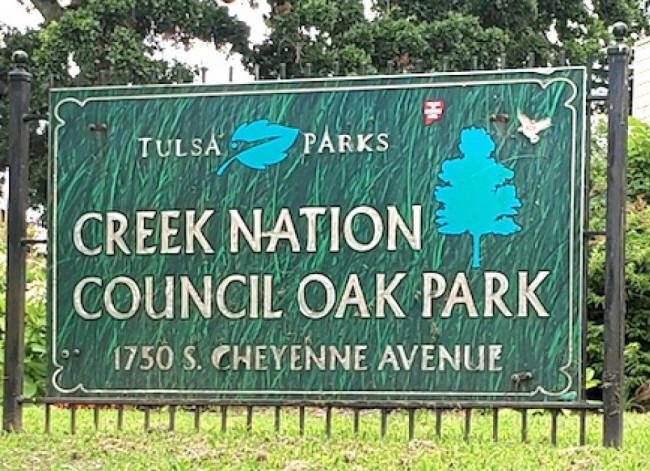

Arriving in Tulsa they named it 'Tallasi', Creek for 'old
town'. The Creek Locapoga clan founded the first settlement in
Tulsa. Creek Nation Council Park indicates the site of their
new home. They placed ashes and coal from the fires of their
old home at the roots of a large tree, the Council Oak in 1836.
The park is designated on the National Register of Historic
Places.



Originally Tulsa was a cattle town with stockyards and shipping
facilities. Oil was discovered in 1901 and the city boomed.
Route 66, the first all-weather road, made the country
accessible from Chicago to Los Angeles in the 1930s. Known as
“The Mother Road,” it runs from east to west through Tulsa. The
76-ft. Golden Driller, the city’s iconic symbol is on view at
Expo Square. Weighing 43,500-lbs, it is stands near Route 66.
Arches at both ends mark the entrance and exit and there are a
number of markers and photo ops along the way.

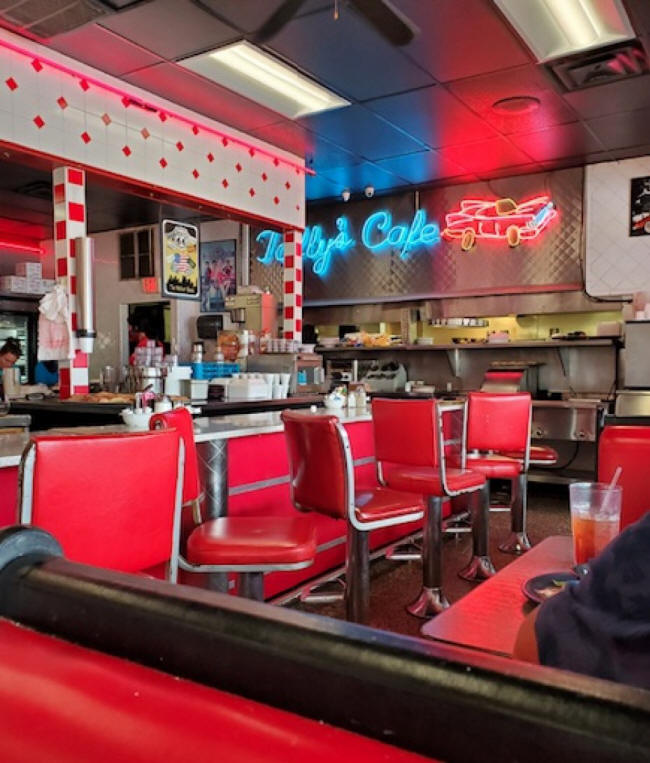

Tally’s Good Food Café is an absolute must with a menu
consisting of more than 100 offerings and a décor that is
quintessential Route 66 chic. It has been the place to dine
since November 1987.
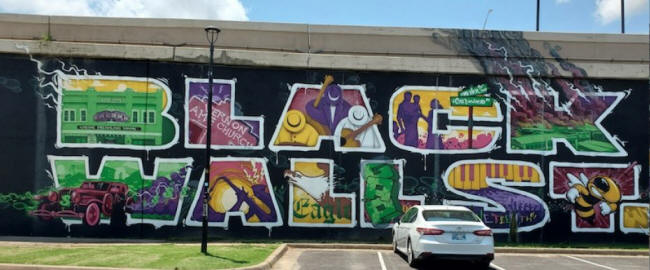

Several thousand African Americans, enslaved by the tribes,
traveled the Trail of Tears to Oklahoma and in 1866 government
treaties freed them and enumerated their rights. Many of them,
along with black settlers, established 50 African American
towns between 1865 and 1920. Only six of these towns remain.
Those who lived in larger cities created self-sustaining black
neighborhoods as a response to Jim Crow. Arguably the most
successful of these black districts was Greenwood, “The Black
Wall Street”, in Tulsa.

Greenwood was destroyed in what was originally known as the
Tulsa Race Riot because insurance companies did not have to
honor claims resulting from riots. In 2018 it was designated
the Tulsa Race Massacre. The event effectively caused the
residents to lose everything they owned and the ability to
create generational wealth, with no recourse for recovery. It
is believed 300 people died, 800 were wounded and $27-million
worth of property, approximately 35 blocks, was destroyed.

Much of the story has been shrouded in mystery but we do know
that on May 30, 1921 an African American worker, Dick Rowland,
needed to use the bathroom in the Drexel Building on Main
Street. An incident between 19-year old Rowland and Sarah Page,
a 17-year old, white elevator operator took place. She screamed
and he ran. The Tulsa Tribune headline, “Nab Negro for
Attacking Girl in Elevator”, fanned the flame. By that evening
there were calls for lynching the rapist and the sheriff found
it necessary to barricade Rowland, the deputies, and himself
inside the County Courthouse jail. A crowd gathered and white
men began looting resulting in the selection of 500 civilian
deputies after the Police Chief requested additional arms from
the National Guard Armory and was denied. Early the next
morning a request was made of the governor for the deployment
of the National Guard and martial law was declared. Black WWI
and other black male residents offered to protect Rowland but
were denied by the Police Chief. In the ensuing confusion a
white man attempted to disarm a black man and the gun went off.
That incident, along with numerous rumors of hundreds of blacks
on their way to invade Tulsa, was enough reason for whites to
march on Greenwood to loot and destroy. Six JN-4 biplanes took
to the skies and bombed the community.




On June 1, 1921 approximately 600 black residents were taken,
arms raised, to three internment camps. Blacks whites vouched
for were released; others were put to work, for wages, clearing
the rubble of Greenwood. Martial law ended on June 3rd, blame
for the “riot” was placed squarely on the armed black citizens
and the Police Chief was fired for failure to perform his duty.
The Red Cross set up a service tent to aid in their first
non-natural disaster.

Brochures are available for a self-guided tour of the Historic
Greenwood District and related sites. The tour includes 16
stops that present a complete picture of the massacre through
locations, art, photographs and interpretive markers. The 100
N. block of Greenwood Avenue is the only remaining intact
block. Showcased on the street is a building with a façade made
of burnt bricks collected from the massacre and the nearby art
deco Oneok Stadium provides a view of the entire area from the
upper tier. The block is on the National Register of Historic
Places.
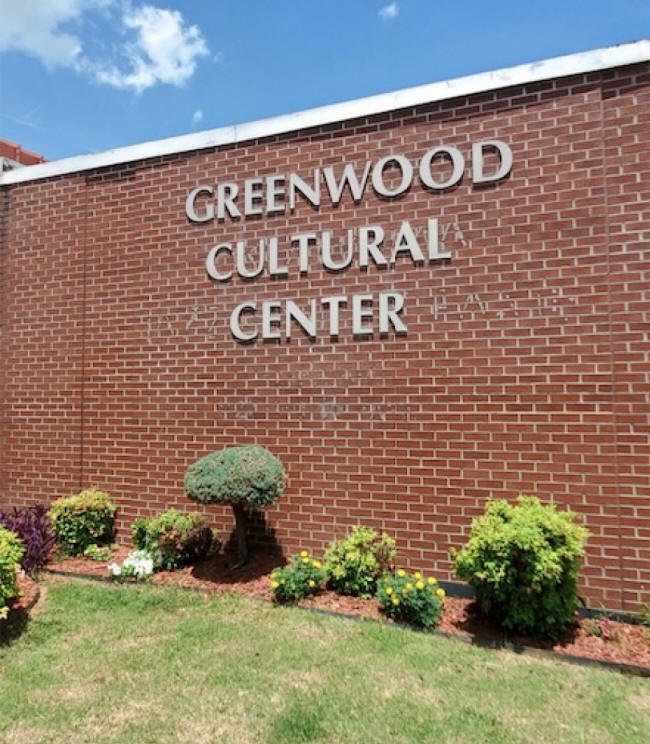




Greenwood Cultural Center, two blocks away, exhibits
memorabilia and photographs from the community, a large mural
in the parking lot and the 1996 monument dedicated to Black
Wall Street. The complex also includes the Mable B. Little
Heritage Museum House, the sole original home standing from the
1920s massacre. A poignant mural and the Vernon African
Methodist Episcopal Church are across the street. The original
church was constructed in 1905 and burned down to the basement
during the massacre.

Mount Zion Baptist Church was founded in 1909 and was completed
in May of 1921. Two months later it was destroyed after armed
black men inside refused to submit to the National Guard,
police, and the citizenry. During the massacre white people went
to the top of Standpipe and Sunset Hill and fired on the
Greenwood residents below. The resulting killings are
memorialized with a marker at the base of Standpipe Hill.

Attorney Buck Colbert Franklin was interned for a few days
after the massacre. Upon his release he operated from a tent as
the lawyer for the victims. When a newly passed fire law
prevented the Greenwood citizens from rebuilding he filed a
claim against the city and the mayor. He took the case to the
Oklahoma Supreme Court, eventually winning, opening a path for
Greenwood’s reconstruction. He was unsuccessful in getting
insurance companies to pay Greenwood’s claims. In 2010 his son,
noted historian and Civil Right’s leader, John Hope Franklin,
was honored with the opening of Dr. John Hope Franklin
Reconciliation Park.

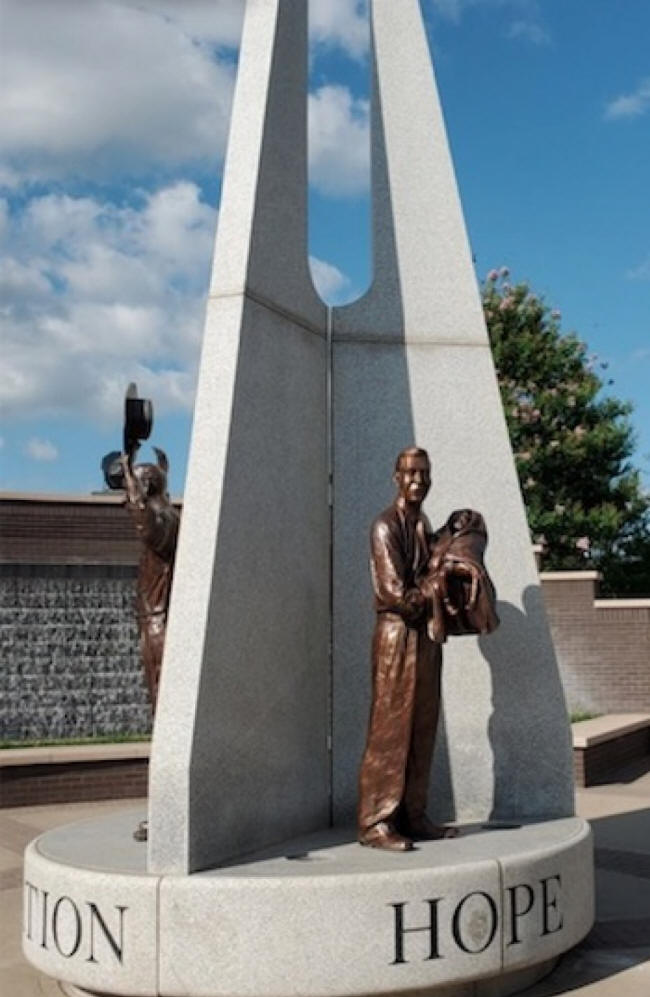




The 3-acre park consists of a Healing Walkway, Hope Plaza and
Tower of Reconciliation. A 16-foot monument is situated at the
entrance. It features three bronze sculptures, Humiliation,
Hostility and Hope. Humility is depicted as a black man with
raised hands. Hostility is an armed white man. The Red Cross
Executive Director carrying a baby depicts Hope. The sculptures
are replications of 1921 photographs. The plaza’s central
feature is the 27-foot Tower of Reconciliation. The tower
showcases the history of African Americans from Africa to
current reconciliation. Interpretive plaques around the plaza
honor prominent historic individuals. @JohnHopeFranklinCenter



Woody Guthrie was born in 1912 and went on to become one of the
most influential musicians of all time. He sang about the
natural beauty of America and the need for constant vigilance
to maintain our democracy and ensure economic, human and legal
rights. He sang of harsh realities, hard work, and the necessity
of hope. The center preserves and shares his body of work and
his lasting legacy through listening stations, themed galleries
and interactive displays. A highlight of the center is a Dust
Bowl Experience that allows you to live through the coming of a
dust storm.

The Gilcrease Museum is currently closed for renovations but
online exhibits of the collections are available. The museum
has one of the most comprehensive Western American art
collections. There are artifacts, documents and artworks by 400
artists, representing colonial times to the present. Three of
the most significant documents are a 1520 Diego Columbus letter
asking that African slaves be allowed to replace Indians as
workers, Benjamin Franklin’s personal copy of the Declaration
of Independence and an authorized copy of the Emancipation
Proclamation. There are 23-acre thematic gardens.
@gilcreasemuseum




Philbrook Museum of Art is a cultural and historical facility
inside an Italian Renaissance villa. The museum’s collection
includes African, American, American Indian and European
artworks. Educational and social events are regularly
scheduled.

Leon Russell, a renowned Oklahoma musician, graces a wall in
Tulsa’s downtown. The mural, painted by the artist Jerks,
captures Russell’s aura.

Tours of Tulsa begin with the airport artwork. “Signs of Life”
is a 13-ft. x 40-ft. collage mural by Liz Ingersoll and
dedicated in 2012. It depicts city landmarks that impacted on
the landscape and history.

Through the lens of travel our lives are transformed. We are
exposed to fresh ideas and new ways of viewing past events.
Tulsa is a good place to start. @visitTulsa


















